Stunning Flower Combinations That Will Make Your Garden Pop
Stunning Flower Combinations That Will Make Your Garden POP
There's nothing quite like the beauty of a well-planted garden. But with so many different flowers to choose from, it can be tough to know where to start. That's where flower combinations come in. By pairing different flowers together, you can create a stunning and eye-catching display that will add personality and charm to your outdoor space.
In this blog post, we'll share some of our favorite flower combinations that are sure to make your garden POP. We'll also provide tips on how to choose the right flowers for your climate and location, and how to plant and care for them properly. So whether you're a gardening novice or a seasoned pro, we've got something for you.
Choosing the Right Flower Combinations
When choosing flower combinations, there are a few things to keep in mind. First, consider the size and shape of your garden. If you have a small space, you'll want to choose flowers that are compact and won't overwhelm the area. If you have a larger garden, you have more options and can plant taller flowers that will add height and drama.
You'll also want to think about the colors of the flowers you want to use. If you want a bright and cheerful garden, choose flowers in vibrant colors like red, orange, and yellow. For a more muted and elegant look, try using pastels or white flowers.
Finally, consider the bloom time of the flowers you choose. You'll want to plant flowers that bloom at different times of the year so that your garden has something to offer all season long.
Here are a few of our favorite flower combinations:
- Roses and Blue Perennial Salvia: This classic combination is always a winner. The deep red or pink roses provide a striking contrast to the bright blue salvia flowers. These flowers bloom in the summer and can be grown in full sun or partial shade.
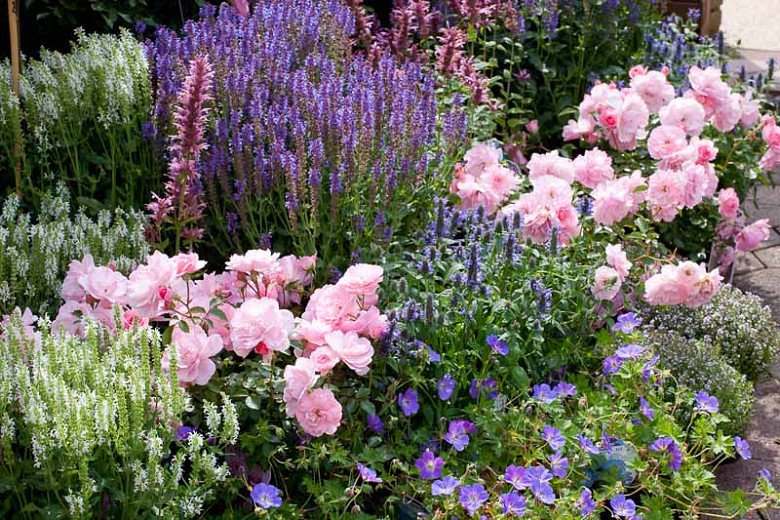
- Veronica and Coneflower: These two flowers are both native to North America and make a great combination for a pollinator garden. The delicate blue flowers of Veronica are complemented by the bright orange or yellow coneflowers. These flowers bloom in the summer and can be grown in full sun or partial shade.
- Petunias and Geraniums: These two annuals are a popular choice for summer gardens. The bright colors of the petunias and geraniums make them a cheerful and eye-catching combination. These flowers bloom all summer long and can be grown in full sun or partial shade.

- Yellow Gazania, Dahlberg Daisy, and White Sweet Alyssum: This cheerful combination is perfect for a sunny spot in your garden. The bright yellow gazanias and dahlias are complemented by the delicate white sweet alyssum flowers. These flowers bloom all summer long and are drought-tolerant.
- Build A Layered Garden: For a more dramatic look, try creating a layered garden. This involves planting flowers of different heights together. You can start with taller plants in the back of the garden and work your way down to shorter plants in the front. This will create a sense of depth and interest in your garden.
Planting and Caring for Flower Combinations
Once you've chosen the right flower combinations for your garden, it's important to plant them properly. Follow the instructions on the plant tags to determine the proper spacing and depth for each flower. Once they're planted, water your flowers regularly, especially during hot, dry weather. You may also need to fertilize them every few weeks.
With a little care and attention, your flower combinations will thrive and bring you years of enjoyment.
When it comes to gardening, one of the most important decisions you'll make is what flowers to plant together. Some flowers complement each other perfectly, while others can actually harm each other's growth. If you're not sure which flowers to plant together, you can always visit Gardenia Inspiration. This website has a comprehensive list of the best flowers to plant together, as well as information on why they work well together.
For example, did you know that nasturtiums are a great companion plant for cucumbers? Nasturtiums help to deter pests that can damage cucumbers, and they also add a splash of color to your garden. Or, if you're looking for a taller flower to add some structure to your garden, you might consider planting sunflowers with marigolds. Sunflowers attract pollinators, which help to fertilize marigolds, and the two flowers look beautiful together.
No matter what kind of garden you have, you're sure to find the perfect flowers to plant together on Gardenia Inspiration. So what are you waiting for? Visit the website today and start planning your beautiful flower garden!
FAQ of best flowers to plant together
5 Most Frequently Asked Questions About Best Flowers to Plant Together
- What are some of the best flowers to plant together?
There are many factors to consider when choosing flowers to plant together, such as their size, color, bloom time, and sun and water requirements. Some popular combinations include:
* Sunflowers and zinnias: These tall, sunny flowers complement each other well and bloom for a long time.
* Petunias and pansies: These colorful flowers come in a variety of shapes and sizes and can be planted in both sun and shade.
* Lavender and roses: These fragrant flowers add a touch of elegance to any garden.
* Chrysanthemums and asters: These fall blooms come in a variety of colors and can add a splash of color to your garden in the late season.
* Lilies and tulips: These spring blooms are a classic combination that is sure to impress.
- How do I choose flowers that will bloom at the same time?
When choosing flowers to plant together, it is important to consider their bloom time. You want to choose flowers that will bloom at the same time so that your garden will be in full bloom for as long as possible. You can find this information on the plant tags or by doing a quick online search.
- What are some flowers that attract butterflies and hummingbirds?
Butterflies and hummingbirds are attracted to flowers that have bright colors and sweet nectar. Some popular flowers that attract these pollinators include:
* Butterfly bush: This tall, bushy plant blooms with clusters of purple flowers that butterflies love.
* Hummingbird mint: This small, daisy-like flower produces nectar that hummingbirds can't resist.
* Lantana: This tropical plant blooms with brightly colored flowers that attract both butterflies and hummingbirds.
* Zinnia: These colorful flowers are a favorite of butterflies and hummingbirds.
* Marigold: These bright orange flowers are another favorite of pollinators.
- What are some flowers that are easy to care for?
If you are a beginner gardener, you may want to choose flowers that are easy to care for. Some popular low-maintenance flowers include:
* Petunias: These colorful flowers are drought-tolerant and can grow in a variety of conditions.
* Marigolds: These bright orange flowers are also drought-tolerant and can withstand heat and pests.
* Pansies: These cheerful flowers can tolerate a variety of conditions, including shade and cold weather.
* Lavender: This fragrant herb is drought-tolerant and can thrive in poor soil.
* Zinnia: These colorful flowers are easy to grow and care for.
- How do I plant flowers together so that they complement each other?
When planting flowers together, it is important to consider their size, color, and shape. You want to choose flowers that will complement each other and create a visually appealing arrangement. You can also consider the height of the flowers when planting them together. Taller flowers should be planted in the back of the garden, while shorter flowers should be planted in the front.
Image of best flowers to plant together
- Sunflowers and Zinnias: These two flowers are both annuals that love full sun. They have different bloom times, so you'll get flowers all season long. Sunflowers are tall and stately, while Zinnias are shorter and more colorful. They make a great combination in a flower bed or border.
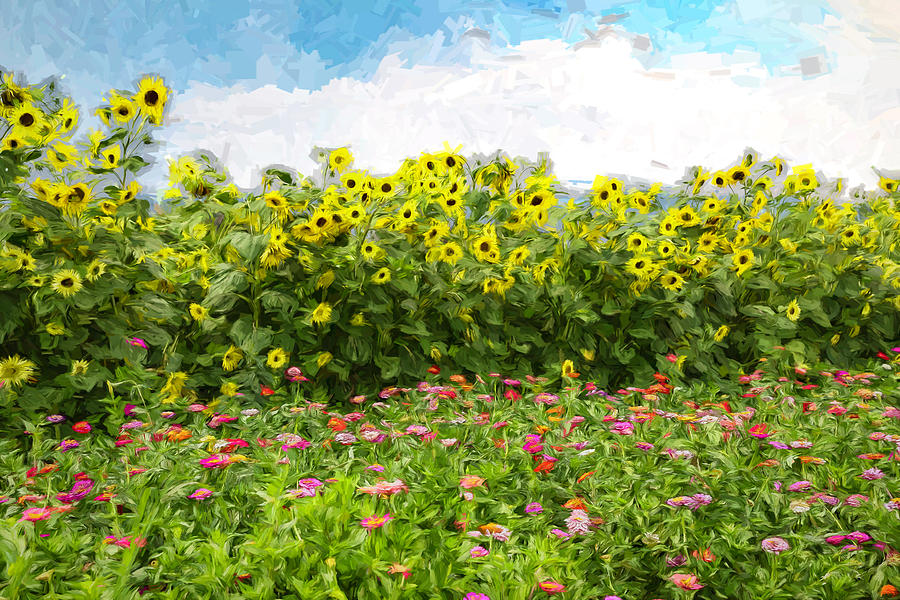
- Lavender and Roses: These two flowers are both fragrant and beautiful. Lavender is a low-maintenance perennial that loves full sun. Roses come in a variety of colors and sizes, and can be either annuals or perennials. They both attract butterflies and other pollinators.
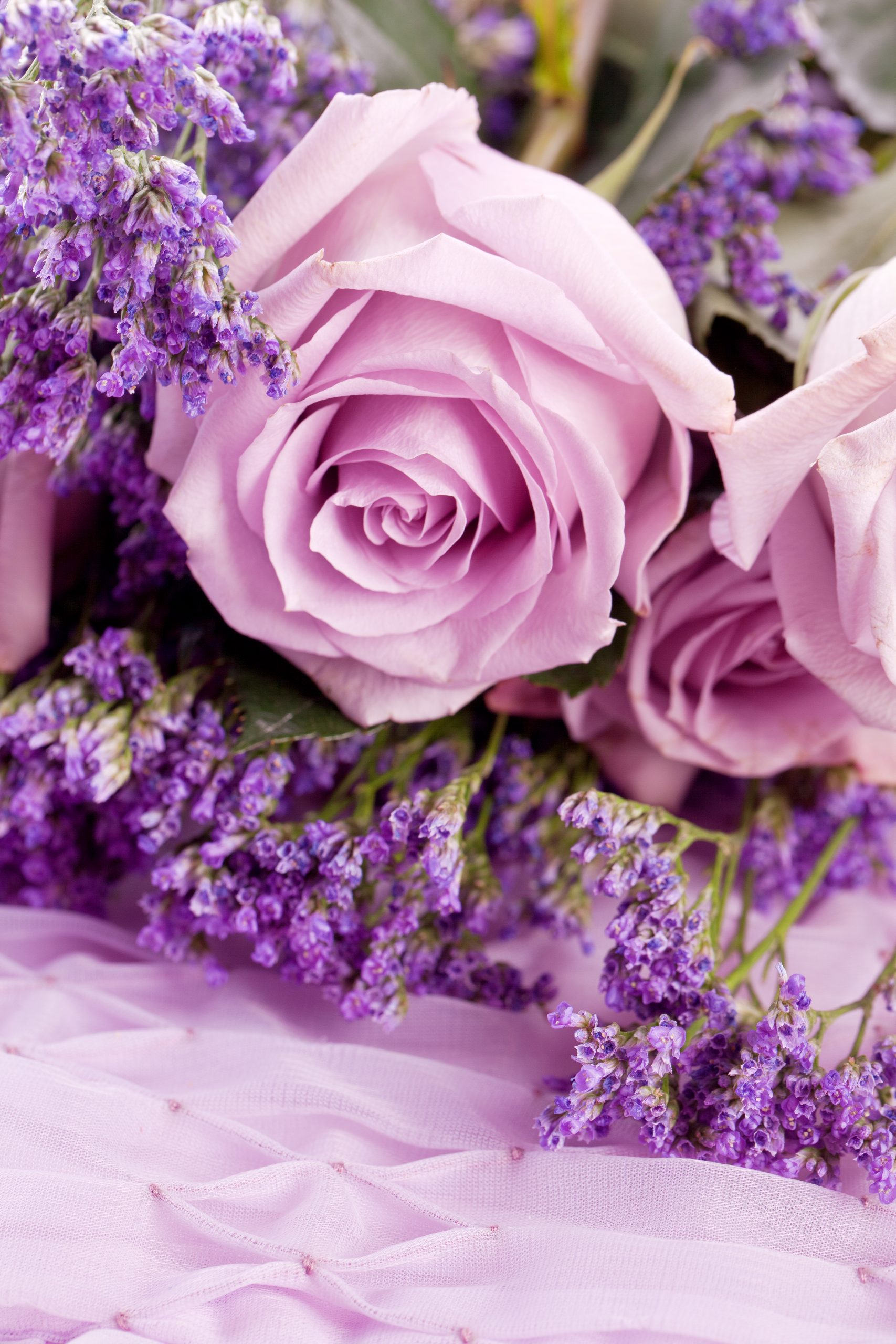
- Pansies and Violas: These two flowers are both cool-season annuals that love partial shade. They come in a variety of colors and are easy to care for. Pansies are larger than violas, but they both have a cheerful, daisy-like appearance.
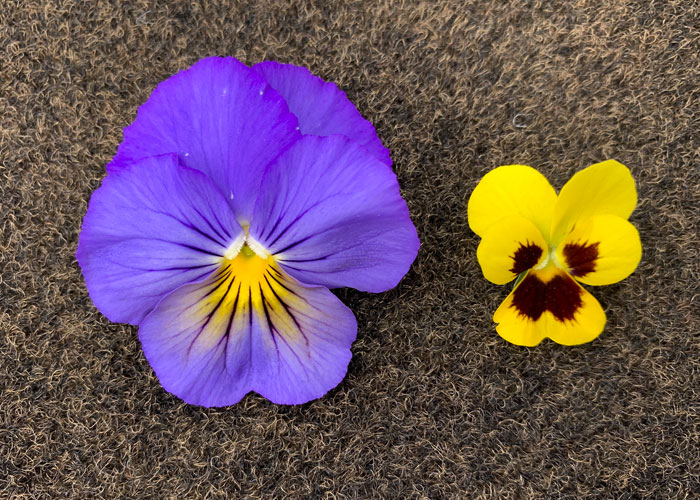
- Marigolds and Cosmos: These two flowers are both annuals that love full sun. They are both easy to care for and attract butterflies and other pollinators. Marigolds have bright orange or yellow blooms, while cosmos have a variety of colors, including white, pink, and purple.
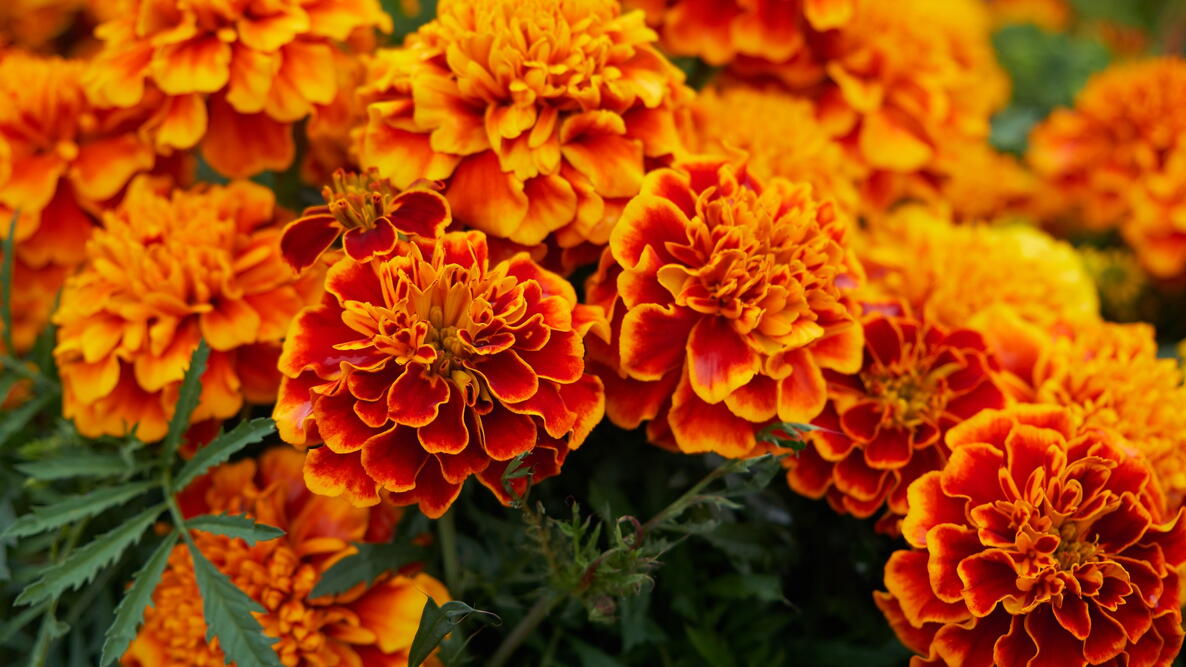
- Tulips and Daffodils: These two flowers are both spring bulbs that love full sun. They come in a variety of colors and are a welcome sight after a long winter. Tulips are taller than daffodils, and have cup-shaped blooms. Daffodils have trumpet-shaped blooms.
Post a Comment for " Stunning Flower Combinations That Will Make Your Garden Pop"